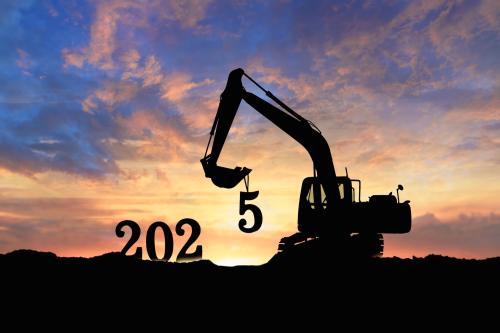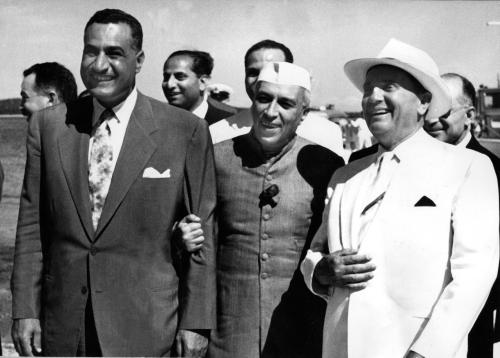Raj Chetty, perhaps the most productive economist in the world, has just published a new study about intergenerational mobility. The topline: contrary to the claims made by many on both sides of the political spectrum, rates of social mobility are at about the same level as they were 30 years ago.
Here’s the thing: as we and others have argued before, America’s problem is not declining mobility—it is insufficient mobility.
First, the good news: unchanging mobility might be a partial success
Chetty’s work—and the claims and counter-claims it is provoking—echo the recent debate over our progress (or lack thereof) in the War on Poverty. Many bemoaned the fact, despite much government spending, poverty levels haven’t improved in the last fifty years. But what we see in the War on Poverty—and we suspect in the fight against immobility—is a country running harder to stand still. Poverty is very much lower, as a result of very much greater government action.
We might have expected a worsening mobility trend in recent decades, given the widening class gaps in education, family formation, and income. But if Chetty is right, our fears are proving unfounded. Why? Well it is at least plausible that successful policy and positive social change have acted as countervailing forces. For example:
- Programs like EITC or Child Tax Credit which supplement families’ income
- Falling teen pregnancy rates
- Falling high school dropout rates among low income teens
And now the bad news: stagnant mobility isn’t good enough
Ultimately, whether you interpret the finding that mobility rates are stable depends on whether you consider them to be acceptable. Our take: Chetty’s study doesn’t tell us that the American Dream is alive and well (as Mark Perry interprets it at AEI)—it tells us that the American Dream has been doing poorly for quite some time.
Rising inequality in America means that the rungs of the economic ladder are growing further apart. Combining stagnant mobility with rising inequality means that those at the bottom rung are not only stuck there but they are stuck with worse outcomes relative to others than in the past. As Chetty puts it, “It matters more who your parents are today than it did in the past.”
I meditated a bit on the troubling combination of inequality and mobility in my recent piece for CNN and one point bears repeating:
“There is a moral justification for a society with high inequality offset by high mobility, grounded in liberal ideas of freedom and fairness. And there is a moral justification for a society with low mobility, softened by low inequality, based on left-of-center egalitarian ideals. But there is no moral justification for a society with a large gap between rich and poor, and little movement between the two. That’s the toxic combination we’re suffering from right now.”
It’s good news that we’re not moving backwards in terms of mobility in America, but if mobility stays at a constant, low level and inequality continues to grow, not moving backwards doesn’t count for much. We don’t need a draw in the War on Immobility: we need a win.
The Brookings Institution is committed to quality, independence, and impact.
We are supported by a diverse array of funders. In line with our values and policies, each Brookings publication represents the sole views of its author(s).




Commentary
Stagnant Mobility Isn’t Enough for the American Dream
January 25, 2014